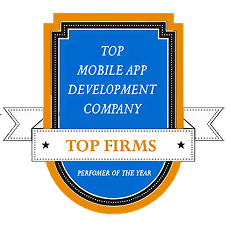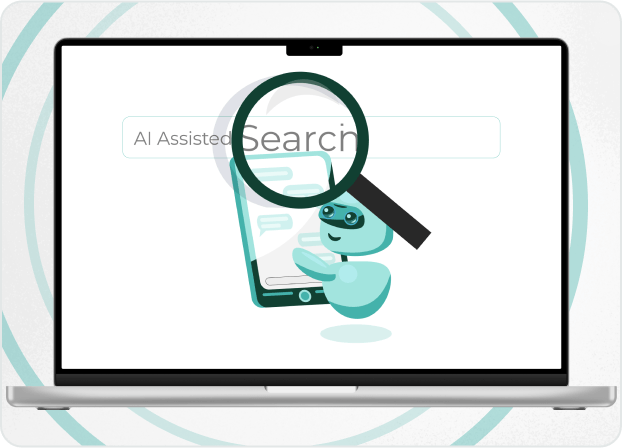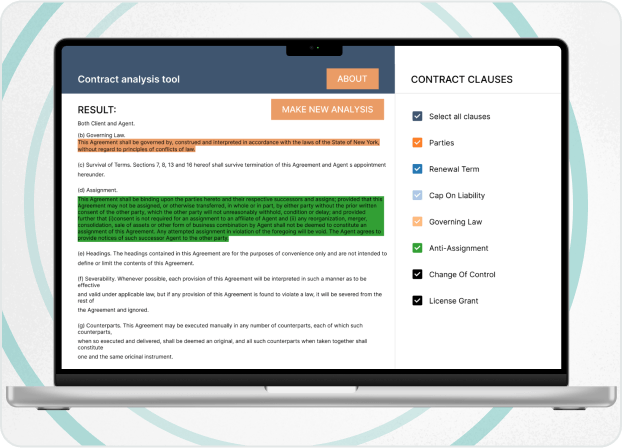
Author’s Thoughts

"Rapid growth of AI industry has brought a new era into the field of mobile development. Artificial intelligence apps open a new stage both in audience’s interaction with their devices and in business positioning. Silk Data presents the article that explores the landscape and industry of mobile development and identifies the place of AI in it."
Yuri Svirid, PhD. — CEO Silk Data
Artificial Intelligence Apps in Mobile Development: Key Principles to Know in 2025
According to a vast Digital 2025 Global Overview report by Data Reportal, there are a few key facts regarding mobile industry:
There are 5,5 billion Internet users in the world and 96% of them use mobile devices (35% access the Internet via mobile phone only and 61% use a combination of desktop and mobile).
Mobile phones have 65% share of world web traffic.
For only three months (September-December 2024) the number of mobile apps downloads has exceeded 35 billion.
People spend 4 hours a day on their mobile phones on average.
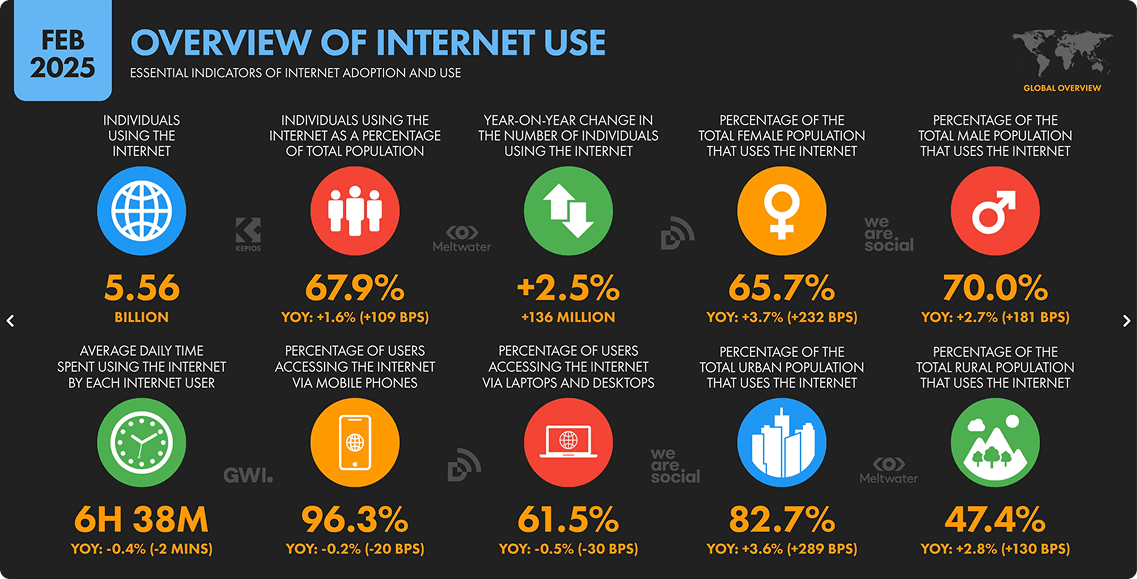
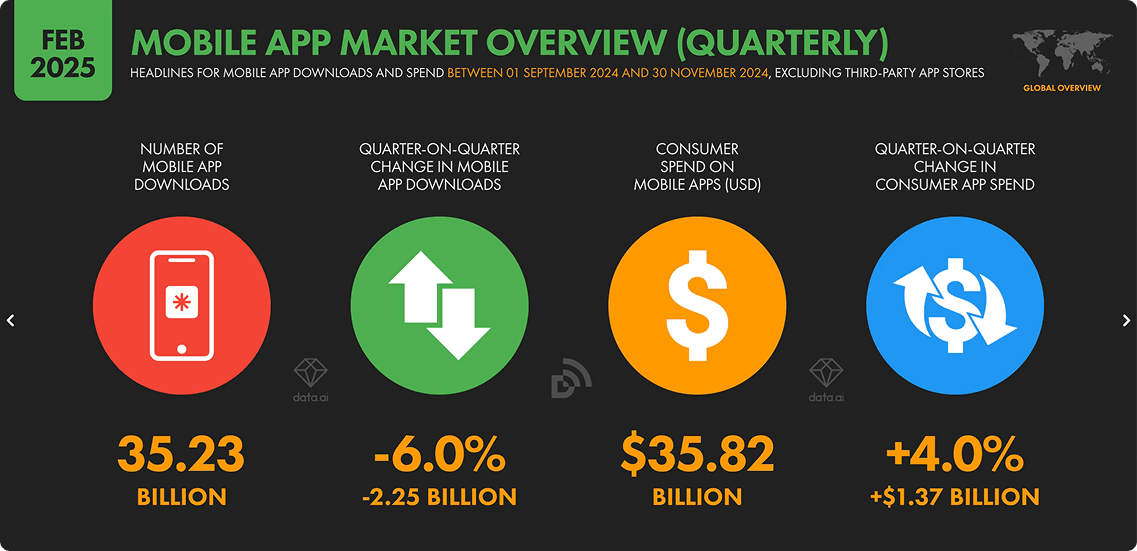

Source: https://datareportal.com/
The above-mentioned facts are one of the main criteria on why businesses choose to own a mobile application.
However, the current state of permanent competition forces them to find more and more ways of optimization, cost reduction and user satisfaction improvement.
The increasing popularity of artificial intelligence technologies noticed for the past years makes the AI implementation efficient and rather obvious option to choose.
We’ll have a look at the essence of AI usage in applications development, cover the main steps AI apps developers should consider and discover the current trends of the industry.
What is AI in Mobile App Development?
AI in mobile app development is a term describing the usage of AI technologies and techniques of their implementation in mobile development.
In other words, it is how companies use AI capabilities and involve them in concept building, design, programming and deployment of mobile applications. This involvement implies both planning and development of AI-powered features with the following adjustment of traditional mobile development processes.
There are many ways of how AI can be implemented into mobile applications, from traditional generative AI chatbots to advanced human-like AI avatars. Most famous examples of AI-powered apps are presented by Alexa from Amazon, Siri from Apple and Cortana from Microsoft.
These are popular representatives of AI-based voice assistants using machine learning, natural language processing and voice recognition technologies for perceiving, processing and generating language and voice and for further learning and personalization responses.
AI Mobile Development Process
Traditionally, the process of AI mobile development is divided into several main stages similar to standard mobile development. However, the implementation of AI implies additional work and specification.
- 1
Planning and Requirement Analysis
The initial stage defines the entire development process and typically includes a number of tasks regarding planning and management.At this first step business identifies the objectives of the mobile application and defines the AI features that should be presented.
Should it be a chatbot or a fully operational AI avatar? Which tasks should the AI tool solve? What type of data must it process and generate? Answering all these questions along with those regarding target audience, key functionality, UX/UI and more is necessary for future work.
- 2
Data Collection and Preparation
Most of the AI solutions, especially those based on processing of textual content, have a stage of AI model training. The model is trained on examples and sets of data it will work with in the future. Such an approach is usual for large language models (like ChatGPT) and requires the creation of a specially customized dataset. These are only several examples of data types that can be used:- Textual Data
Articles, books, text messages and tutorials, customer queries and more
- Tabular Data
Databases, tabular reports and research, etc.
- Audio
Voice messages and other audio files
- Images and Video Content.
When the data is gathered, they should get through the process of data cleaning, when the irrelevant or erroneous data pieces are identified and removed. For example, your marketing report data may contain wrong figures, some of the customer queries can be useless or health reports are full of erroneous weight and lifetime values (like in our AI for agriculture project).
- Textual Data
- 3
Model Training
The training process involves loading the AI model with the created dataset. The model perceives the data and learns through identifying patterns and logical connections between them. In the context of LLMs, training also implies identifying the hierarchy and grammatic, semantic and stylistic patterns between text parts.However, all the present LLMs such as GPT, Gemini or Claude are defined as foundational models, which means that it’s unnecessary to train them on large datasets, only on small specific ones.
Note! Sometimes, it is easier to apply to a ready-to-use solution, such as integration of OpenAI API, instead of building an AI model from scratch. We thoroughly explored the topic of foundational LLMs usage in our blogpost dedicated to ChatGPT usage in business.
- 4
Integration & Deployment
This stage implies integrating AI model into mobile frameworks to provide efficiency and compatibility with a capability to operate on mobile devices which are typically limited by resources.Integration and deployment imply the usage of several technologies and frameworks such as TensorFlow Lite (for optimizing AI models for mobile), TorchScript, React Native (for frontend development) and ML Kit (provides on-device AI deployment without model training).
- 5
Further Support
The final and one of the most sufficient parts of AI mobile development project is to provide permanent monitoring and real-time performance tracking. It will allow to ensure models remain accurate, efficient, and aligned with user expectations.At this stage, the development team (whether in-house or outsourced) monitors app’s latency rates and resource usage and aligns the predicted performance metrics with the real ones. It can be a firm foundation for further improvements and additions in the app.
Note! Mobile app development, AI integration and further improvements are tasks that should be carefully considered by business. Silk Data provides services regarding IT and AI consulting where we help companies to define how to efficiently implement certain AI or any other explicit solution.
Benefits and Perspectives of AI Mobile App Development

Enhanced User Experience
Usage of AI personalizes interactions, making apps more intuitive and engaging for customers. For example, AI’s capability of advanced learning helps to analyze user behavior and create a system of content recommendations, similar to those provided by popular streaming platforms, such as Netflix and Spotify.
Furthermore, business can achieve significant growth in user satisfaction through the usage of AI avatars capabilities. These explicit AI-based assistants can deliver greater personalization and make the interaction more human-like. We have thoroughly discovered business advantages and prospects of AI avatars and still consider them as one of the most promising directions of AI industry development.

Competitive Differentiation
Usage of AI technologies in mobile applications provides sufficient aid for business positioning. According to Business Dasher, 84% of businesses predict that AI will give them an edge or help them stay competitive.
The usage of advanced technologies is a key to positive experience for users, as it provides new ways of interaction and additional functionality.
IKEA Place is a great example of how a company can stand out from the market thanks to AI and AR. The IKEA’ mobile application allows its users to visualize how furniture will look in their own home thanks to the advanced capabilities of AR and environment analysis.

Source: IKEA Place

Scaling and Growth Opportunities
AI implementation in mobile applications provides great opportunities for business scaling and growth. Enhanced user satisfaction through chatbot-based 24/7 customer support, new revenue streams through premium AI features (such as provided by Grammarly) and AI-powered advertising – all these capabilities build a firm foundation for the company’s growth.
Conclusions
The rapid evolution of AI has permanently transformed mobile app development, turning smartphones into intelligent, personalized, and proactive companions for users—and growth engines for businesses. As we look toward 2025, the integration of AI is no longer optional – it’s a strategic move for staying competitive.
The numbers don’t lie – with 5.5 billion internet users and 65% of web traffic coming from mobile, AI-powered apps are the ultimate tool to capture attention, streamline operations and unlock new revenue.
Our Solutions
We work in various directions, providing a vast range of IT and AI services. Moreover, working on any task, we’re able to provide you with products of different complexity and elaboration, including proof of concept, minimum viable product, or full product development.



















